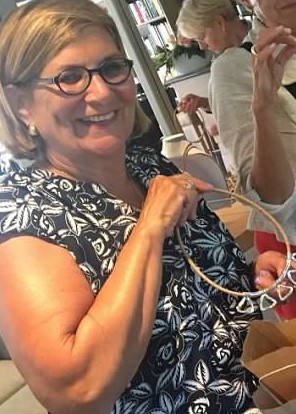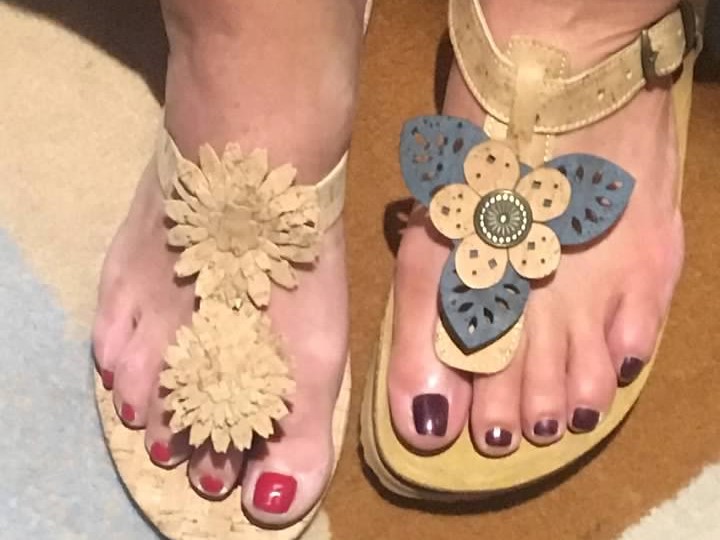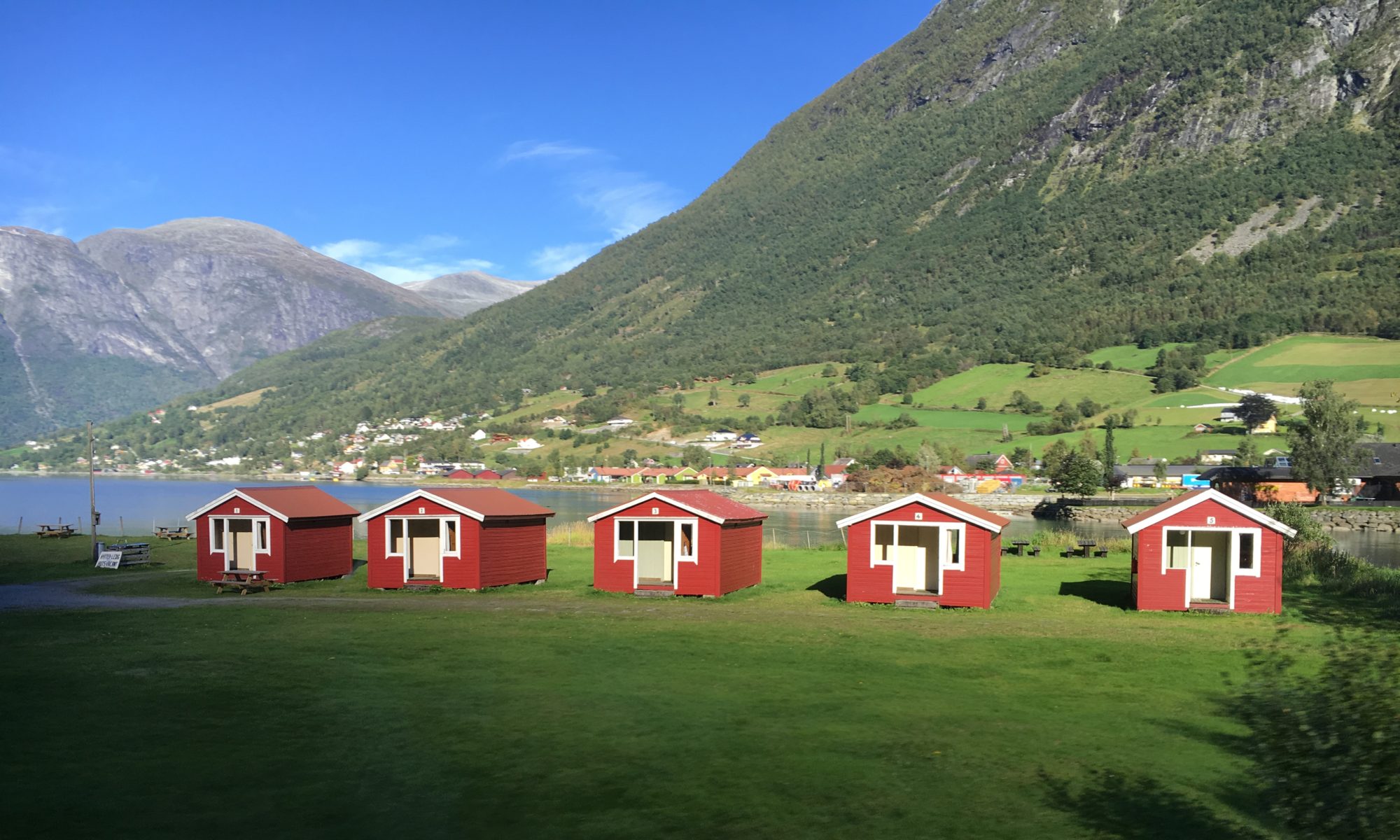
Sometimes I don’t even know what I don’t know. Years ago, I watched a documentary about subways and skyscrapers and it turns out that the technology existed to build skyscrapers long before New York City built them. The problem wasn’t in building the skyscraper – it was in getting enough people to the building to work there. This all changed when the subways were developed. The local newspaper bought land waaaaaayyyyyy uptown, in what was known as Longacre Square, far from everything and said that it would allow the subway to build a hub there. The paper re-named the square after itself, and Longacre Square became Times Square. Friends, I have lived here my entire life. I have been in Times Square a million times. I have frequented that subway hub more than I can count. I even did the whole New Year’s Eve thing. Twice. (I didn’t learn my lesson the first year.) I never connected that Times Square was named for the New York Times. Maybe this tale just demonstrates how block-headed I can be, but I prefer to think of it as showing how sometimes you just need to look at things in a new way in order to discover something new about them – and sometimes about you.
Such was the case this past September when I traveled to Portugal. Portugal produces about half of the world’s commercial cork (not just for wine bottles, but yes, for those too) and lots of wine to go with it. Where does that cork come from? From trees! Yes! From trees! Again, friends, I had no idea. I suppose it never occurred to me to consider where cork came from, or what it actually was. Turns out that the bark of cork trees is scraped off and turned into products and then the trees are left to grow again. Cork trees don’t generally give their first layers of bark until they are between twenty-five and thirty years old, and then after that, they can only be harvested every nine years or so. This gives the cork enough time to rejuvenate and cork harvesting is considered to be an extremely environmentally friendly and sustainable both because the tree is not cut down and has an opportunity to grow again, and because of the manner in which the cork is taken from the tree. Portugal is very protective of this process.
Unfortunately, for purposes of cork-peeping, my trip to Portugal focused on the northern part (Lisbon and up to the Douro River) so I did not have the opportunity to see many cork trees in person. They largely grow in the southern part of the country, relying on the climate of southern Portugal and parts of Spain and northern Africa. However, I was able to attend a lecture about cork and the presenter had many cork items for sale. I hadn’t thought of cork as a material for jewelry, belts, pocketbooks, and shoes, but she had all of this and more. In contrast to corks for wine bottles, the cork used to make these items is thin and flexible. Its pliable nature makes it a natural material for a variety of uses.

I might not have thought about it before, but I certainly think about the cork in my wine now with every glass.
